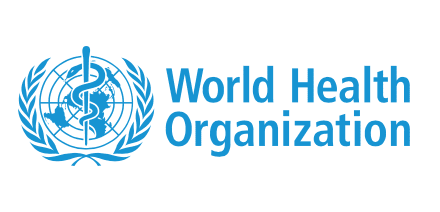To meet the needs and challenges of children and young people with hearing loss, the Ida Institute announced that it is now further expanding its pediatric offering with two new resources: My Hearing Explained for Children and the University Course module, Extending Person-centered Care to Families and Children.

My Hearing Explained for Children helps translate hearing test results into language that is easy to understand, using a playful visual with familiar icons to stimulate conversations about hearing. By enabling hearing care professionals to describe the child’s hearing profile in simple terms and focusing on what matters to them, the tool helps saves time during the appointment, according to the Ida Institute. My Hearing Explained for Children is a further development of the widely deployed adult version, My Hearing Explained, tailored to help address the specific needs of children and young people with hearing loss. The tool was developed in collaboration with a global group of hearing care professionals and psychologists and piloted with a panel of pediatric practitioners.
Silva Kuschke, chief audiologist at the Red Cross War Memorial Children’s Hospital in South Africa, was part of the test panel. “We as audiologists often rely heavily on the audiogram as a counseling tool for hearing loss—but we know that it doesn’t really give us any information about functional listening experiences. With ‘My Hearing Explained for Children,’ a conversation can be held with the child, drawing on personal experiences and challenges, and making plans for a better hearing experience in a child- and family-centered way. The tool empowers children to have a voice and be a part of their own management plan,” she said.
Another new pediatric resource from the Ida Institute is the updated University Course module Extending Person-centered Care to Families and Children. This material was developed in collaboration with Kris English, professor emeritus in audiology at the University of Akron, to enhance the quality of education and research in pediatric speech and hearing rehabilitation. The course material explores the overarching question of what it means to be person-centered in pediatrics and investigates the role of the hearing care professional.
Related article: Ida Institute Launches ‘My Hearing Explained’ Tool
English says: “This module was designed with three goals in mind: to relate the UNICEF Convention on the Rights of the Child to child-centered hearing care; to integrate child development concepts into pediatric hearing care practices; and to encourage the aspiring pediatric hearing care provider to take every opportunity to support their clients’ development as persons. To these ends, students will acquire experience not only in how to use relevant Ida counseling tools, but even more importantly, why.”
The new module feeds into the full Ida Institute University Course, which aims to support lecturers and supervisors as they prepare students to work with individuals and families with hearing loss.
Lise Lotte Bundesen, managing director of the Ida Institute, says: “With our new pediatric resources, we wish to help children and young people acquire a more central position in their own hearing care. This child-centered approach is a natural extension of person-centered care, respecting each child as an individual with dignity, rights, and autonomy.”
The two new resources supplement Ida’s existing pediatric portfolio, including the tools Living Well for Teens and Tweens, My World, My Turn to Talk for Parents, Telecare for Teens and Tweens, and Growing up with Hearing Loss.
Source: Ida Institute
Images: Ida Institute





